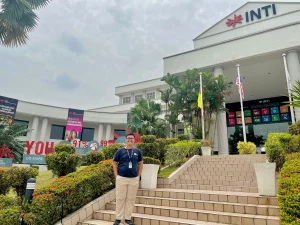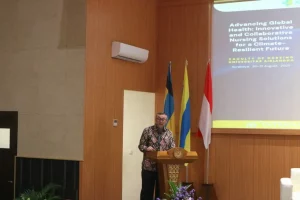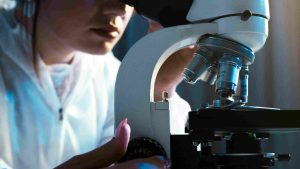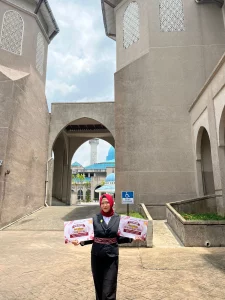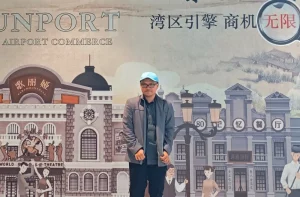UNAIR NEWS – Libraries need comprehensive strategies to deal with digital disruption. To answer the challenge, Universitas Airlangga Library invited UNAIR library expert Dr Koko Srimulyo Drs MSi in a national seminar and workshop, SMART Library for the Digital Literacy, Thursday, June 16, 2022.
Koko said that we are currently in the era of digital disruption. In general, digital disruption has four stages: the wave of connectivity, social media and e-commerce, the internet of things, and artificial intelligence.
“When libraries cannot clean up in this era of disruption, we will be run over by others. There is something that must be addressed so more uniqueness can be presented, “explained Koko.
The Information Science and Library lecturer of FISIP UNAIR explained that humans and organizations must always make changes. In its management, an organization must be able to forget the past and anticipate changes in the future.
“The future is uncertain, but to ensure the future, we can create the future from now on,” said the lecturer, who also serves as University Secretary.
According to Koko, a library must always change to meet the challenges and deal with changing users. Libraries must advance towards digital. Digital strategy must lead to HEBAT, which is humble, honest, and helpful; excellent; brave; agile; and transcendent.
“Our way of looking, thinking, and acting must also be different. We can’t use the old point of view,” he continued.
Digital Gap
The UNAIR Secretary discussed the digital gap that still occurs in libraries. There is still a gap between those with access to information and communication technology (ICT) and those without access. The first is the gap related to infrastructure issues. “ICT infrastructure is not evenly distributed between rural and urban areas,” he explained.
Koko gave an example. One example of infrastructure is the existence of wifi in the library. If the wifi in the library is not as fast as the coffee shop’s, the library will gradually be abandoned.
“One of the library’s core products is to find, process, and convey information. Wifi acts as an actual product,” he added.
The second level gap is in the indicators. The gap at this level is closely related to skills and patterns of using digital for creativity and innovation.
“Meanwhile, the third level gap is in the ability to use digital resources to achieve certain goals,” he said. (*)
Author: Sandi Prabowo
Editor: Binti Q Masruroh



